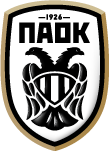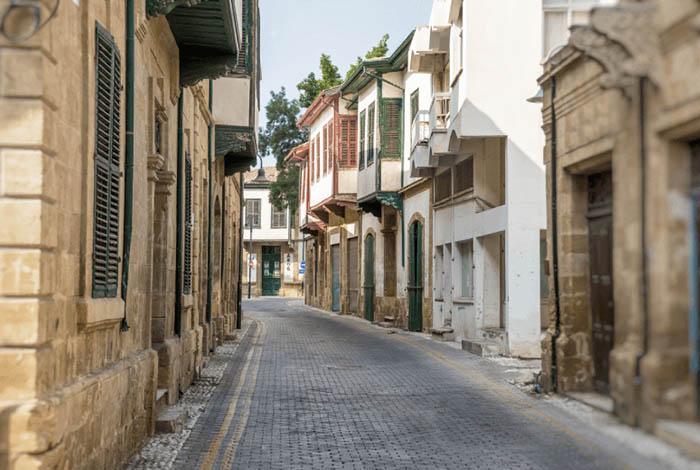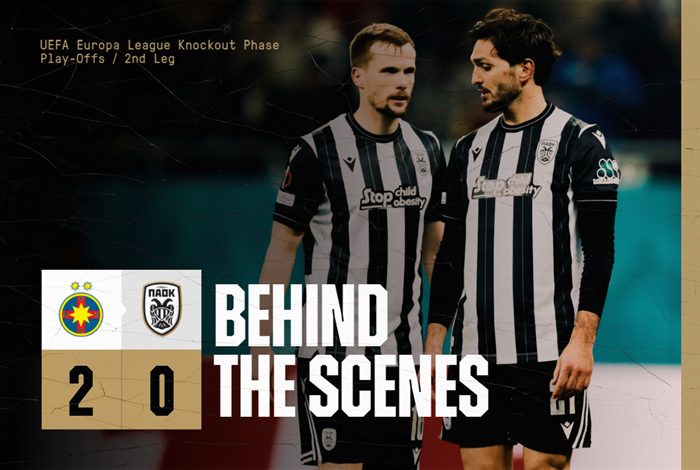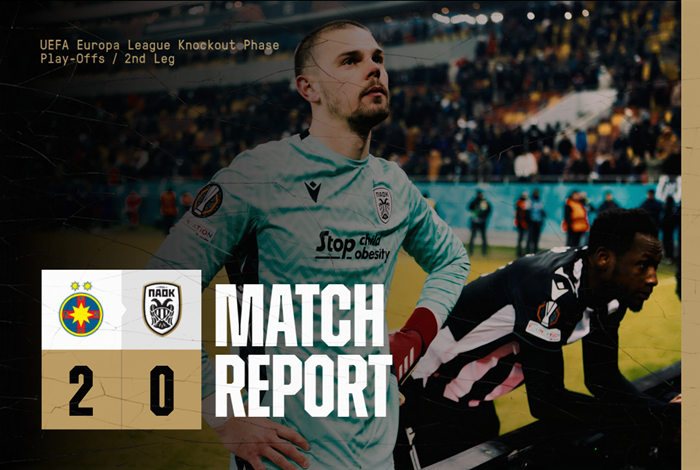The world’s last divided capital city
Nicosia remains a divided city with painful memories and intense experiences. It is the last divided capital city in the world and at the same time is also the richest – in terms of income per capita – in the Eastern Mediterranean, while it’s also the 10th richest city in the world in terms of purchasing power.
The capital of Cyprus, known internationally by its Italian name Nicosia, is a slightly chaotic (with cars traveling on the left hand side according to the English model) and multicultural city, with Venetian walls and medieval alleys, as well as squares designed by the late Zaha Hadid, while also having a virbant student population and a high standard of living.
A rich yet painful story
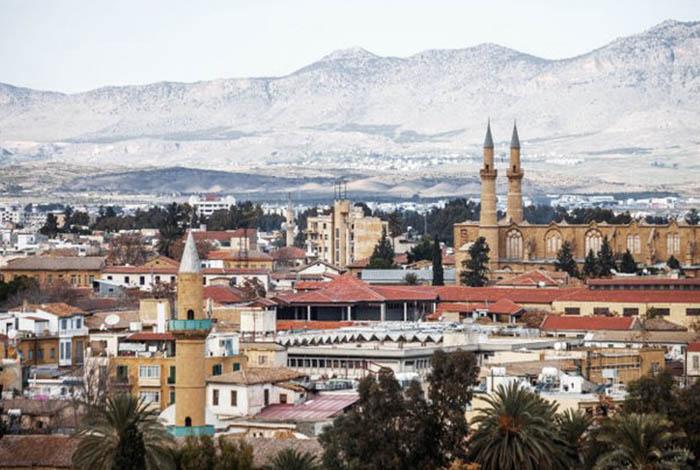
In Greek mythology Nicosia is known as a siren, and daughter of Achelous and Melpomeni. It is translated as «White Essence». In ancient times it was called Ledra, and was one of the ancient kingdoms of Cyprus. As the capital for more than a thousand years, Nicosia was occupied along the way by Franks, Venetians, Ottomans and the British.
In 1571 it was conquered by the Ottoman Empire. Almost 300 years later, in 1878, while the Ottoman Empire was collapsing, the British took over the island. The Cypriots fought hard for their freedom and independence and succeeded in 1960, but this was soon followed by the Turkish invasion and the division of the city after the events of 1974. In July and August 1974 Nicosia put up significant resistance against the Turkish invaders, who failed to cross into the southern part of the city. Much blood was spilled while large areas of the city were also devastated.
The occupied and free areas of Nicosia are separated by the well-known Green Line, named after the green line drawn on the map of Cyprus in 1963 to show the boundaries of the Greek and Turkish parts. Near to the green line and close to the free area of Nicosia there is a part of land called the dead zone. This is an area in which the Government of the Republic of Cyprus has given the United Nations control over the maintenance of the status quo, which arose from the Turkish invasion in 1974. The Green Line extends east and west of Nicosia, crossing the entire country..
Ledra Street

In Nicosia, and especially close to the famous Green Line, one can often hear the bells of the Christian churches of the Cyrpiot side and the prayers of the muezzin from the occupied territories at the same time.
Nicosia’s most historic and commercial street leads to a gate that looks toward the occupied side of the city. It could be said that this road carries the living history of the unresolved Cyprus problem.
On March 9, 2007, the roadblock on Ledra Street was demolished in a decision made by the Cypriot government, as a first step towards the demilitarization of all of Nicosia. There was also the place where for years every Sunday the mothers of the missing of the Turkish invasion gathered, asking to know what happened to their children. Now there is a monument to remind people about those who went missing and to send a clear message that «We do not forget!».
Venetian walls and town planning
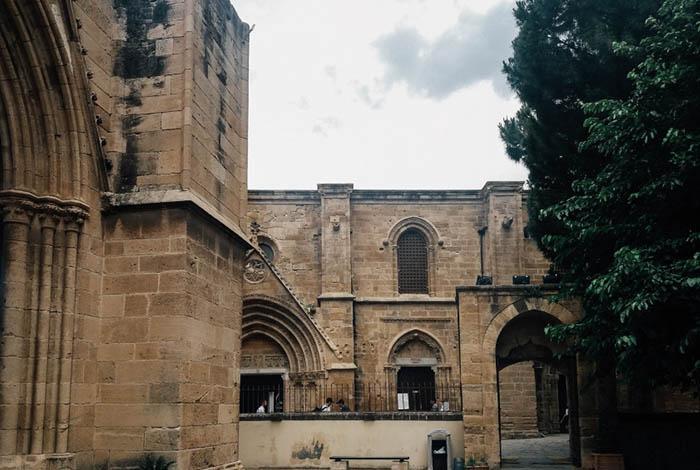
Nicosia, however, was reborn again. It remains a beautiful city, with wonderful streets and surrounded by the ruins of a Venetian castle as well as a magnificent park. It has 11 large churches and the mosques there are medieval churches that were converted by the Turkish conquerors into Muslim temples. It is the seat of the Holy Archbishop of Cyprus, is home to the famous Pancyprian High School, which was founded in 1812 by the national martyr Archbishop Kyprianos, and is the home of the Bank of Cyprus, while it also hosts many branches of both foreign and Greek banks.
Nicosia is built on the Pediaios river, and boasts a population of 330,000 within the metropolitan area. The historic center of Nicosia today is located within the large medieval walls built by the Venetians and which are a trademark of the city, with its bastions and gates being used to house important buildings, such as the town hall. The University of Cyprus and four other universities are located in Nicosia – three private and one public.
It is decorated, among others, by the new Archbishop’s Palace of Byzantine times, which was destroyed during the tragic days of July 1974, the Museum of Folk Art, the Archaeological Museum of Cyprus, the Severio Library, the Parliament building, and the Presidential Palace, which was home to the English governor during the British occupation.
Venetian walls
The famous Venetian walls were designed by Julio Savorniano and are considered a model of renaissance fortification architecture. They have eleven heart-shaped bastions and three gates, the gate of Paphos, Kyrenia and the gate of Famagusta, which was the largest and was named Juliana Gate in honor of the architect.
Archaeological Museum
This museum outlines the long history of the island’s culture from prehistoric times to the early Christian period. It has magnificent exhibits, such as the statue of Aphrodite of Solos, a collection of gold jewelry, and remains from the royal tombs of Salamis.
Grigoris Afxentiou
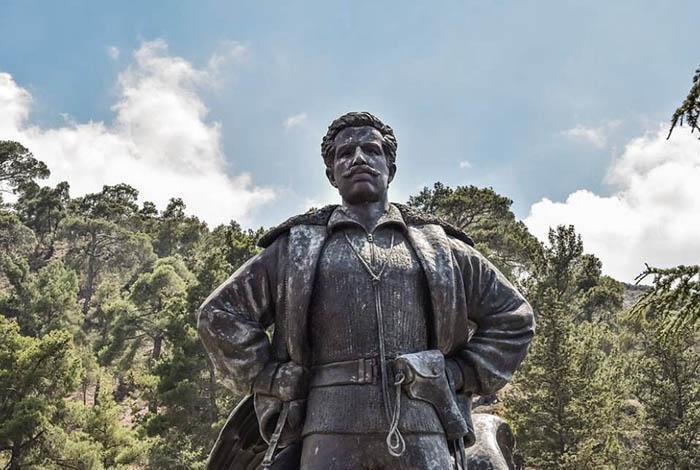
The large and impressive statue of Grigoris Afxentiou is located at the back of the Machairas Monastery complex, near his hideout. A top 1928 rebel fighter against the British authorities, he was betrayed on March 3, 1957, when the British surrounded the hideout with cars and helicopters, poured gasoline and burned him alive.
Our Lady of Asinos
A wonderful medieval church of the 11th century AD, it has been registered as a UNESCO World Heritage Sites since 1985, and features a rich history with unique frescoes. It is close to Nikitari in Nicosia.
Agia Sophia Cathedral
The largest and most ancient Gothic church in Cyprus was the place where many Lusignan kings were inaugurated, but is also the burial place for many of them. After the occupation of Nicosia by the Ottomans, it was converted into a mosque. The addition of the two minarets is visible throughout Nicosia. Today, unfortunately, the frescoes featuring rich sculptural decorations depicting scenes from the Old and New Testaments, but also the statues that contained them, have been destroyed, while the story is similar for the burial monuments of the Lusignan kings. The mosque was named Selimie in honor of Sultan Selim II.
The versatile and modern GSP Stadium

The largest stadium in Cyprus, the GSP Stadium is located in the capital Nicosia and was completely renovated in 1999 to provide the city with a flexible and modern stadium with a variety of ancillary facilities. The New GSP Stadium belongs to the Gymnastics Association «Ta Pancypria», has a capacity of 22,859, and is a Category 4 UEFA stadium.
The inauguration of the stadium took place on October 6, 1999. Immediately after the inauguration, a friendly was held between the two derby rivals of Nicosia, APOEL and Omonia (for the record, the match ended 3-3).
The GSP Stadium hosts APOEL, Olympiakos and Omonia, most of the matches of the Cyprus national team, the opening match of the season (Super Cup) between the league champions and the cup winners, the final of the Cyprus Cup, as well as the European matches of other Cypriot teams when their own grounds do not meet the required UEFA standards. Also, the playing field of the main stadium hosts big and small concerts.
The stadium has 400 VIP Boxes, 200 newsrooms, a TV studio, four TV rooms and 31 private studios.
Parking is provided for 2,000 vehicles, while the stadium’s facilities include a conference center, restaurant, fully-equipped medical center, sports recovery swimming pools, shops and, of course, training grounds.
